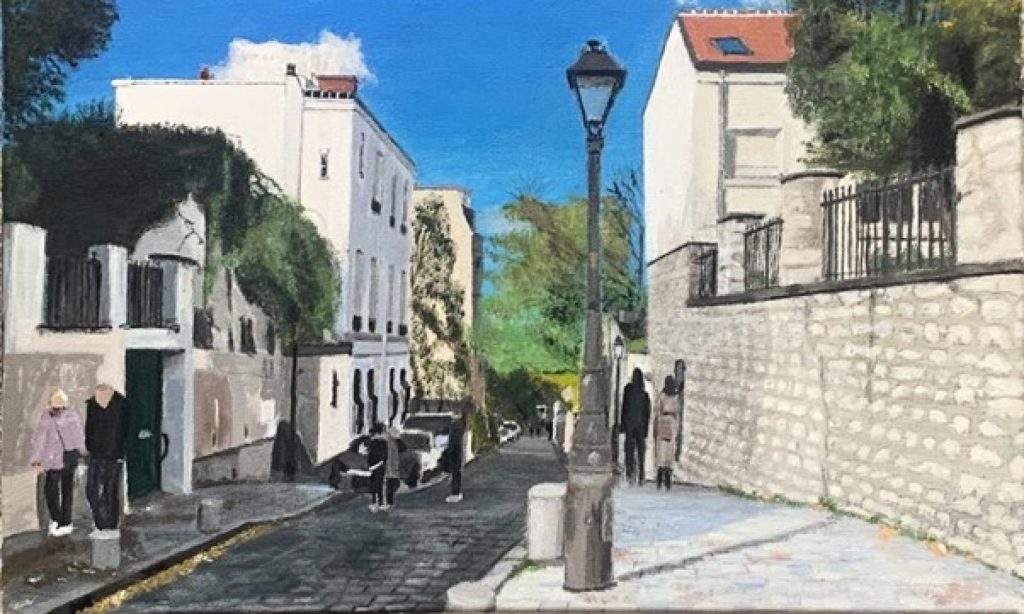The television set had been in development since the late 1920s, but it wasn’t until the late 1950’s and early 1960’s that it became a staple in most households and with the popularity of television, the film companies needed to produce programming for the TV schedule.
Prior to television, cartoons were often shown in cinemas before a main feature, giving media companies more time to create these productions, but with the need to provide content for television, came the need to speed up the production and as a result Limited Animation became a constant part of television since its inception in the 1950’s.
At the turn of the 20th century, the popularity of the cinema started and animated shorts would be shown in what became known as ‘traditional animation’, a technique where each frame is drawn by hand with each drawing is slightly different to the previous one, thereby creating a sequence. For these animated shorts the frames would range from 16 to 22 frames per second, therefore it was a labour-intensive process to create these productions which meant a lot of time and finance was required.

Limited Animation is a process that makes use of techniques to limit the labour required to produce animation so that not every frame has to be drawn individually. This technique uses fewer drawings by reducing the number of images required per second by re-using drawings, and putting different parts of a character, like the head or arms, layered onto the drawing so that only the part of the body moving needed to be animated for each scene. Take an example of a character drinking, most of the body remains the same while the arm is redrawn to show up and down motion with the cup moving towards their mouth.

Another example used in limited animation is reusing walk cycles. This is where a character is walking and a standard 8-frame walk cycle has been created, instead of drawing several frames, the 8-frame walk cycle walk is repeated over.
In traditional animation the scenes are depicted with a smooth gliding movement and more detailed in comparison limited animation where the visuals appear stiffer and more lifeless with fewer details.

Animators William Hanna and Joseph Barbera who had previously worked together at MGM set up Hanna-Barbera animation studios which had a lot of success with animated sitcoms through the 60’s, 70’s and 80’s. The studio relied on limited animation in these productions to keep up with the speed of the tv schedules. Barbera said in 1988 ‘Instead of the 25,000 to 40,000 drawings we used in a Tom and Jerry short, we were able to make a cartoon with 1,200 to 1,800 drawings’.

The use of limited animation slowly declined through the 1990’s, with computer-generated imagery (CGI) became heavily relied on to increase the style, duration, and content of animation on a smaller budget. However, limited animation is still used in productions with one of the most common being the Anime medium. However, I feel the reason for still using limited animation in some productions isn’t a question of budget, but more for the stilted movement and minimalism that the technique brings, and audiences still appreciate.
BIBLIOGRAPHY
Amyus, A (2019) Duality of American and Japanese Animation, The Artifice [Online] Available at: https://the-artifice.com/american-japanese-animation/ (Accessed 30 January 2024).
Anthony, A (2013) A history of television, the technology that seduced the world – and me The Guardian [Online] Available at: https://www.theguardian.com/tv-and-radio/2013/sep/07/history-television-seduced-the-world (Accessed 13 February 2024).
Barrier M (1999) Hollywood Cartoons: American Animation in its Golden Age. New York, NY: Oxford University Press.
Bendazzi, C (1994) Cartoons: One Hundred Years of Cinema Animation, Indiana: Indiana University Press.
Leer, M (2023) How Hanna-Barbera revolutionized animation, History Defined, [Online] Available at: https://www.historydefined.net/how-hanna-barbera-revolutionized-animation/ (Accessed 12 February 2024).
Solomon, C (1988) Governors Award Goes to Hanna-Barbera The LA Times [Online] Available at: https://www.latimes.com/archives/la-xpm-1988-08-29-ca-800-story.html (Accessed 9 February 2024).
The National Science and Media Museum (2020) A very Short History of Cinema, kollwitz.de [Online] Available at: https://www.scienceandmediamuseum.org.uk/objects-and-stories/very-short-history-of-cinema (Accessed 30 January 2024).
IMAGE REFERENCE
Image 1: Sullivan, Pat and Messmer, Otto “Felix the Cat at the North Pole (1920)” Traditional Animation.
Image 2: Hanna-Barbera Productions “The Flintstones (1960)” Limited Animation.
Image 3: Walt Disney Pictures ” Snow White and the Seven Dwarfs (1937)” Traditional Animation.
Image 4: Hanna-Barbera Productions “Top Cat (1961)” Limited Animation.
